Wolbachia
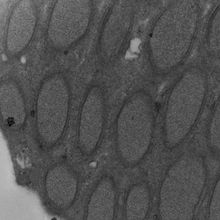
Wolbachia Turns 100: The Journey of a Triumphant Endosymbiont
Mariella Bodemeier Loayza Careaga, PhD | Dec 13, 2024 | 10+ min read
In a century, Wolbachia has gone from a master reproductive manipulator to a partner in the fight against pathogens, exemplifying how a microbe can shape hosts and diseases.

A Tiny but Mighty Helper Stops Mosquito Viruses in Their Tracks
Mariella Bodemeier Loayza Careaga, PhD | Dec 13, 2024 | 10+ min read
Vector biologist Luciano Moreira has been fighting disease-causing pathogens for years. Now he teams up with Wolbachia in this mission.
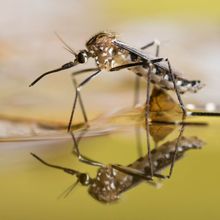
Excess Lipids Keep Dengue at Bay
Shelby Bradford, PhD | Sep 2, 2024 | 2 min read
Accumulating lipids may be Wolbachia bacteria’s secret weapon for decreasing viral transmission.
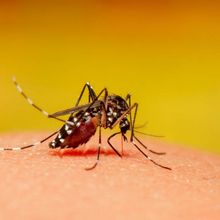
Mosquitoes Add Bacteria to Water to Help Larvae Grow: Preprint
Natalia Mesa, PhD | Apr 12, 2022 | 4 min read
Pregnant mosquito females deploy the microbe Elizabethkingia to speed larval growth; the larvae, in turn, help the bacteria outcompete other strains.

Wolbachia-Infected Mosquitoes Stymie Dengue’s Spread: Study
Shawna Williams | Jun 10, 2021 | 2 min read
Randomized, controlled research conducted in an Indonesian city confirms the reduction in cases seen with previous observational work.
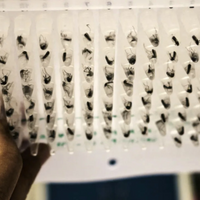
Bacteria-Laced Mosquitoes Limit Spread of Dengue
Amanda Heidt | Aug 28, 2020 | 4 min read
Cases of dengue were greatly reduced in areas of a city where Wolbachia-infected mosquitos were released, according to preliminary data from a field study.
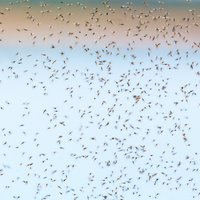
Dengue Cases Drop After Bacteria-Infected Mosquitoes Released
Emily Makowski | Nov 22, 2019 | 2 min read
Aedes aegypti infected with Wolbachia—which inhibit transmission of the dengue virus from insect to human—were deployed in Indonesia, Vietnam, Brazil, and Australia.

Combination Strategy Nearly Eliminates Invasive Mosquitoes in Field
Abby Olena, PhD | Jul 17, 2019 | 3 min read
Researchers use two techniques—Wolbachia infection and irradiation—to suppress reproduction in populations of Asian tiger mosquitoes at two study sites in China.
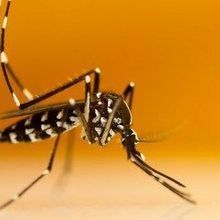
Wolbachia-Laced Mosquitoes to Be Released for Population Control
Katarina Zimmer | Nov 7, 2017 | 1 min read
The US government has approved the deployment of the lab-raised insects to eliminate the Zika- and dengue-transmitting Asian tiger mosquito.
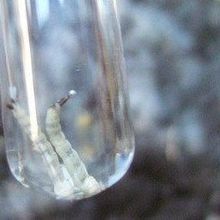
Wolbachia-infected Mosquitoes Released in Florida
Kerry Grens | Apr 19, 2017 | 1 min read
The bacterium causes eggs to die, and spreading treated insects is expected to curb Aedes aegypti populations.
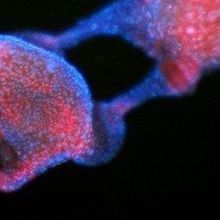
How Bacteria Interfere with Insect Reproduction
Ruth Williams | Feb 28, 2017 | 3 min read
Scientists identify the genes responsible for bacteria-controlled sterility in arthropods.
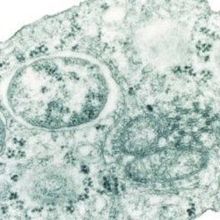
Bacteria-Treated Mosquitoes Released in More Locations
Kerry Grens | Jan 17, 2017 | 2 min read
Infected with Wolbachia, the insects are expected to reduce the spread of dengue and Zika. But scientists say the approach may have limitations.
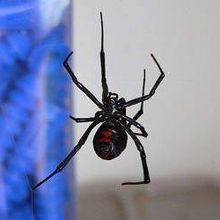
Black Widow Secrets in Phage Genome
Jef Akst | Oct 12, 2016 | 2 min read
In the DNA of the WO phage, which infects arthropod-inhabiting Wolbachia, researchers find sequences related to a black widow spider’s toxin and other animal genes.
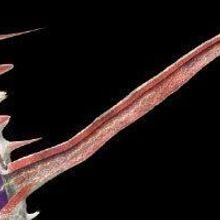
Bacteria and Humans Have Been Swapping DNA for Millennia
Kelly Robinson and Julie Dunning Hotopp | Oct 1, 2016 | 8 min read
Bacteria inhabit most tissues in the human body, and genes from some of these microbes have made their way to the human genome. Could this genetic transfer contribute to diseases such as cancer?
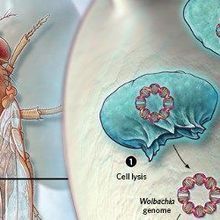
Lateral Gene Transfer in Drosophila
Kelly Robinson and Julie Dunning Hotopp | Sep 30, 2016 | 1 min read
DNA transfer is a regular event among bacteria, and research over the past decade has shown that microbes can also shuttle their genetic material to multicellular hosts.
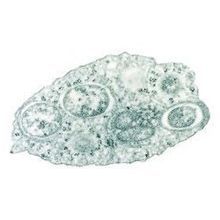
A Method to Detect Zika-Blocking Bacteria
Tanya Lewis | Jul 5, 2016 | 2 min read
A team of scientists confirm Wolbachia can prevent mosquitoes from transmitting the virus, while another group finds a reliable way to detect the bacteria.
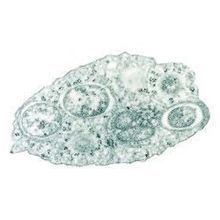
Bacterium Blocks Zika’s Spread
Tanya Lewis | May 4, 2016 | 3 min read
Infecting mosquitoes with Wolbachia greatly reduces the insects’ abilities to transmit the virus.
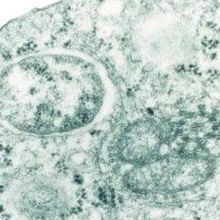
Communicating Across Kingdoms?
Sandhya Sekar | Dec 15, 2014 | 3 min read
Researchers pinpoint microRNAs that could play a role in how Wolbachia bacteria manipulate their arthropod hosts.

Week in Review: May 6 – 10
Jef Akst | May 10, 2013 | 2 min read
Telomeres and disease; Wolbachia-infected mosquitoes may fight malaria; bat tongue mops nectar; newly sequenced genomes
